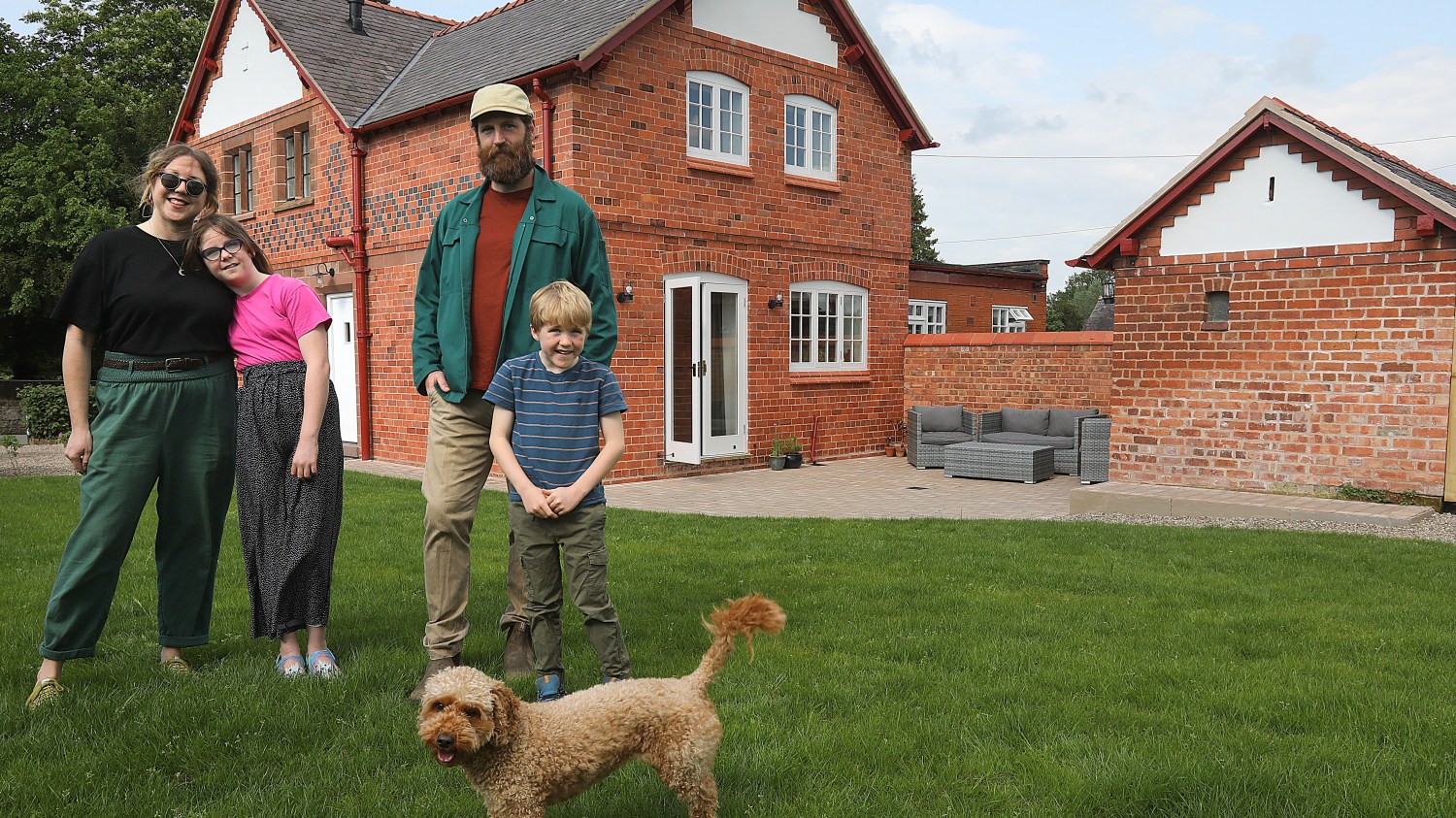
What the Duke of Westminster can teach the UK about retrofitting period properties
An insightful article by Martina Lees in The Times explores an innovative retrofit project undertaken by the Duke of Westminster. The project involved modernising a typical Victorian semi-detached house on his Cheshire estate.
This serves as a prototype with valuable lessons for the UK’s six million historic properties, showcasing how to balance energy efficiency with architectural preservation.
Retrofitting historic homes
Period properties like this Victorian semi are notoriously challenging to retrofit. These homes were built to breathe, so simply sealing and insulating them like modern buildings can lead to condensation, damp, and mould issues, threatening both the structure and the health of its residents.
Innovative solutions and impressive outcomes
Despite these challenges, the retrofit project achieved impressive results:
- 83% reduction in whole-life carbon emissions: This significant reduction highlights the environmental benefits of thoughtful retrofitting.
- 50% decrease in annual energy usage: Energy consumption was halved, demonstrating potential savings for homeowners.
- 94% reduction in heating emissions: Advanced insulation, improved airtightness, and an air source heat pump were key to achieving this.

Room for improvement
While these outcomes are remarkable, the project highlighted some shortcomings in the current Energy Performance Certificate (EPC) system. The improvement from an E to a C rating was seen as modest. Joby Howard, Director of Building Service at Grosvenor Group, pointed out that the EPC process doesn’t accurately account for improvements in historic buildings, such as increased airtightness. Diane Hubbard, founder of Green Footsteps, added that the current EPC system doesn’t consider airtightness upgrades, despite their significant impact on heat loss.
The introduction of RdSAP 10, which will include airtightness test results, promises to improve EPC ratings for historic homes. This update could potentially elevate the estate’s prototype from a C to a B rating, better reflecting the energy efficiency improvements made.
Lessons for homeowners and landlords
The Duke of Westminster’s project offers clear and actionable lessons for those looking to retrofit historic properties:
- Comprehensive planning: A thorough retrofit plan is essential, beginning with airtightness tests and thermal imaging surveys to identify key areas for improvement.
- Use of sustainable materials: Embracing natural and locally sourced materials helps maintain the building’s historical integrity while enhancing sustainability.
- Modern heating solutions: Implementing systems like air source heat pumps and Mechanical Ventilation with Heat Recovery (MVHR) ensures effective ventilation management.
A blueprint for the future
Retrofitting period properties is crucial for meeting the UK’s net-zero targets by 2050. By following the Grosvenor estate’s example, homeowners and landlords can make properties more energy-efficient, reduce carbon emissions, and enhance tenant satisfaction – all while preserving the historical charm of their buildings.
The Duke of Westminster’s project serves as a blueprint for retrofitting historic homes, showing that with the right approach and commitment, substantial environmental benefits can be achieved without sacrificing the architectural heritage that defines our communities.
Transform your period property with our expertise
If you own a period property and want to explore how to enhance its energy efficiency while preserving its unique character, our expert team is here to help.
We specialise in the sensitive renovation of historic homes, using our extensive experience to provide solutions that respect the architectural integrity of your property. Contact us today to learn more about how we can help you create a more sustainable and comfortable living environment.
Contact us to schedule a consultation and unlock your property’s full potential.
To access the full article…
For those interested in reading the full article, it is available online behind a paywall.
